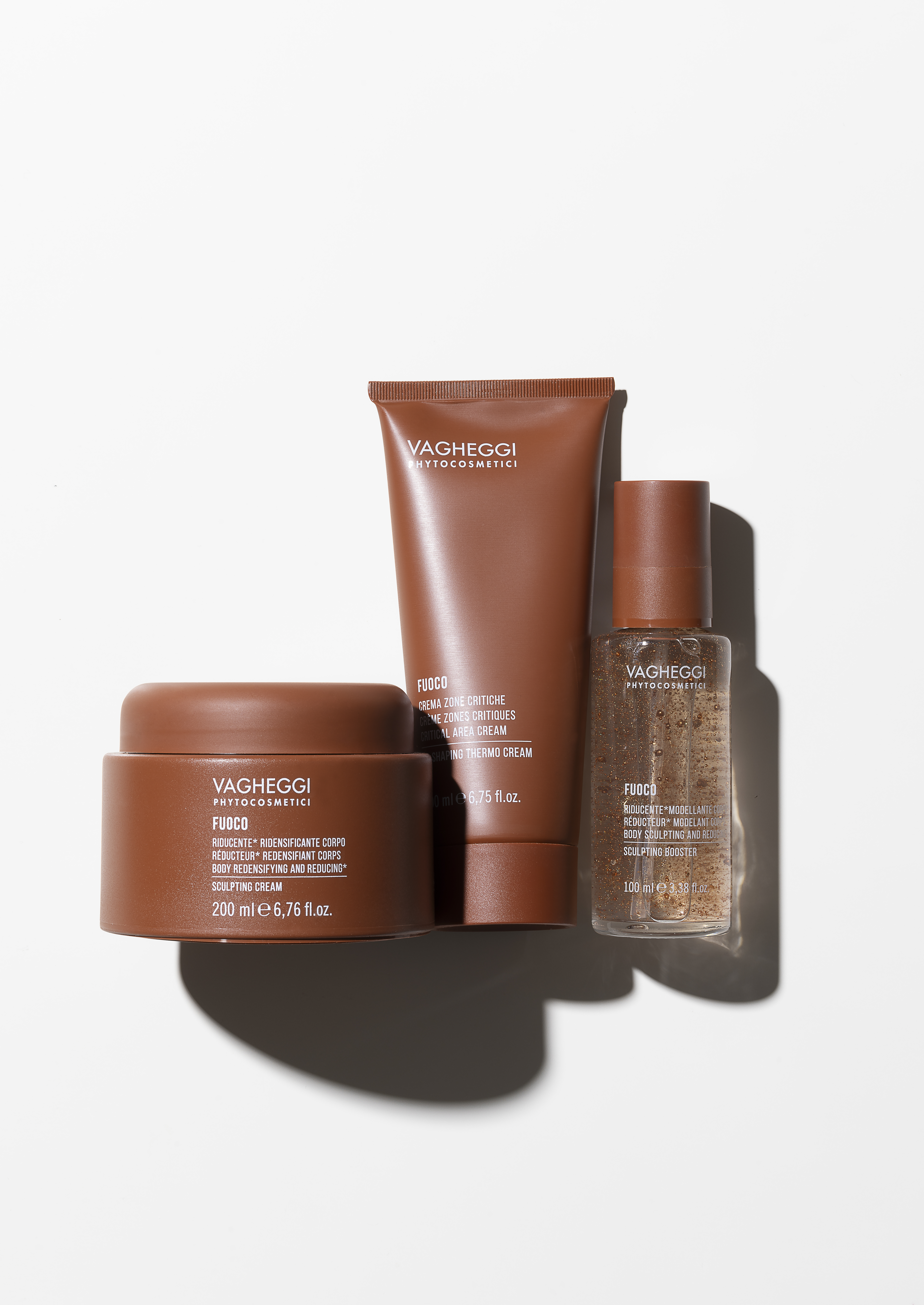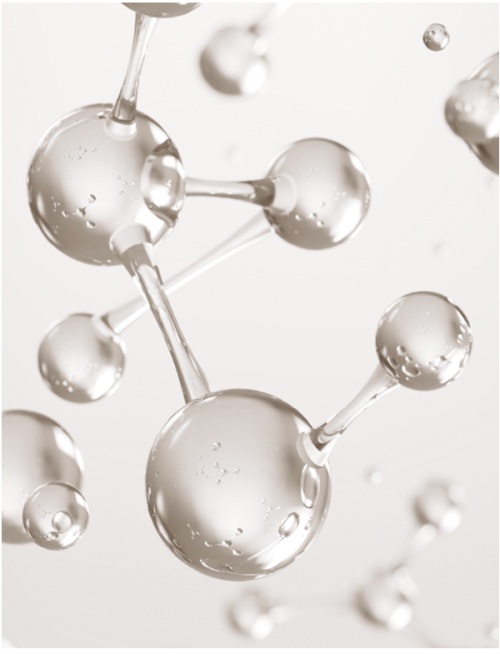Acne affects almost everyone at some point in their life, whether during teenage years or adulthood. There are different types of acne that can appear on the face, each with distinct causes. To effectively manage them, it’s crucial to understand their underlying factors. Acne is not just a cosmetic concern—it can also impact self-confidence, making conscious skincare essential. Let’s explore what contributes to acne formation.
Causes of Acne Formation
Hormonal Changes
Hormones play a key role in acne development. Fluctuations during puberty, the menstrual cycle, pregnancy, or menopause can increase sebum production. Overactive androgens can cause the skin to become oilier, leading to clogged pores and various forms of acne. These hormonal shifts vary by individual and are often influenced by other factors like stress and diet.
Bacteria and Inflammation
Naturally occurring skin bacteria, such as Propionibacterium acnes, can trigger inflamed acne. When sebaceous glands become clogged, these bacteria can multiply, leading to inflammation and sometimes painful pimples. The skin may appear red, sensitive, and irritated. Products with antibacterial ingredients—like manuka oil or salicylic acid—can help reduce bacteria and inflammation. A consistent skincare routine and regular cleansing also support healthy skin.
Genetic Factors
Genetics play a significant role in acne susceptibility. If acne is common in your family, you’re more likely to experience different types, including deeper, under-the-skin breakouts. Genetics influence sebum production, skin regeneration, and inflammation tendencies. While you can’t change your genes, proper skincare can help manage symptoms and keep the skin clear.
Environmental Factors
External elements like pollution, humidity, and UV radiation can worsen skin conditions. Pollutants clog pores, while UV rays cause inflammation and pigmentation, resulting in dark spots after breakouts. Dusty or damp environments can weaken the skin’s natural defenses over time, making acne more likely. Using sun protection and maintaining a thorough evening skincare routine is key to combating these environmental stressors.
Lifestyle Factors
Diet, stress, and lack of sleep all impact skin health. High intake of sugar and dairy may increase sebum production and trigger inflammation. Stress leads to hormonal changes that increase sebum due to the cortisol hormone. Maintaining physical and mental balance with regular exercise, rest, and a mindful diet is essential. A balanced diet rich in vegetables, fruits, healthy fats, and sufficient protein supports skin health and reduces breakouts. Combining a healthy lifestyle with conscious skincare can help prevent and treat acne.
Most Common Types of Acne
Acne can appear in different forms and requires specific treatments. Here are the six most common types found on the face and body:
Closed Comedones (Whiteheads)
These form when pores become clogged with sebum and dead skin cells but remain closed on the surface, creating small, skin-colored or whitish bumps. Often found on the forehead, cheeks, and jawline—especially in oily skin types—closed comedones can develop into inflamed pimples if bacteria thrive inside.
Open Comedones (Blackheads)
Similar in formation to whiteheads, blackheads occur when the clogged pore remains open. The contents oxidize and turn black. Commonly seen on the nose, chin, and forehead, blackheads are non-inflammatory and can be reduced with proper cleansing and skincare.
Papules
Papules are small, red, inflamed pimples that don’t contain pus. They form when clogged pores cause skin inflammation. Often appearing in clusters and sensitive to touch, they may result from hormonal changes, stress, or improper skincare. Avoid squeezing them to prevent worsening inflammation and scarring.
Pustules
Pustules resemble papules but contain pus, appearing as bumps with white or yellow centers. Found on the face, back, and chest—especially during puberty—they can be painful and may leave marks if not treated properly.
Nodules
Nodules are painful, hard lumps located deep under the skin. A more severe acne form, they persist longer and can cause deep inflammation, often leading to scarring. Their causes include genetic predisposition, hormonal imbalance, or chronic stress.
Cysts
Cystic acne is the deepest and most painful type, filled with pus and often covering larger areas. Primarily hormone-related, cysts are common in teenagers and those with hormonal imbalances. These lesions are not only unsightly but also painful and can cause permanent skin damage without proper treatment.
Acne Treatment
Effective acne treatment requires a personalized approach, as each skin and acne type responds differently. The following principles can help achieve clearer skin:
-
Proper Skincare: Regular cleansing, exfoliation, and hydration are essential. Ingredients like salicylic acid, niacinamide, and colloidal sulfur can reduce sebum and inflammation.
-
Anti-inflammatory Ingredients: Manuka oil and black pepper extract can help soothe inflammation.
-
Healthy Lifestyle: A balanced diet, adequate hydration, and stress reduction support better skin health.
-
Dermatological Treatments: For severe cases, dermatological prescriptions or professional treatments like laser therapy or chemical peels may be necessary.
The right skincare routine and lifestyle changes can aid in acne prevention and treatment, promoting long-term skin clarity and health.
Frequently Asked Questions About Acne
What’s the difference between a closed and an open comedone?
A closed comedone (whitehead) forms when sebum and dead cells clog the pore without breaking through the surface, resulting in small white or skin-colored bumps. An open comedone (blackhead) forms similarly, but the pore remains open, allowing oxidation and a black appearance. Whiteheads are more likely to become inflamed, while blackheads are mostly a cosmetic issue.
What’s the difference between a papule and a pustule?
A papule is a small, red, inflamed bump that does not contain pus and may be tender. A pustule, however, has a pus-filled center, appearing white or yellow. Pustules often develop from papules as the immune system reacts to bacteria.
How can I prevent acne?
Preventing acne involves consistent skincare and a healthy lifestyle. Cleanse your face twice daily with a gentle, effective cleanser to remove excess oil and dirt. Use non-comedogenic moisturizers and antiseptic ingredients like salicylic acid or manuka oil. Avoid picking at pimples to reduce inflammation and scarring. Drink plenty of water, eat a vitamin-rich diet, and manage stress to minimize breakouts.
Which types of acne are the most painful?
The most painful types of acne are nodules and cysts. Nodules are deep, inflamed lumps that persist and are highly sensitive. Cystic acne is even more severe, with pus-filled lesions that cover larger areas. Both types often result from hormonal imbalances and require medical intervention to avoid scarring.


